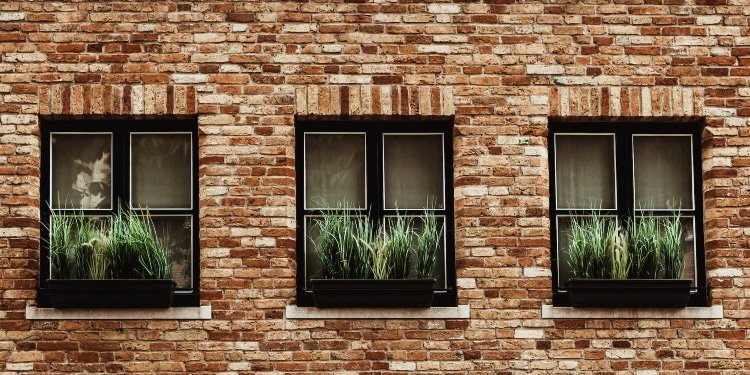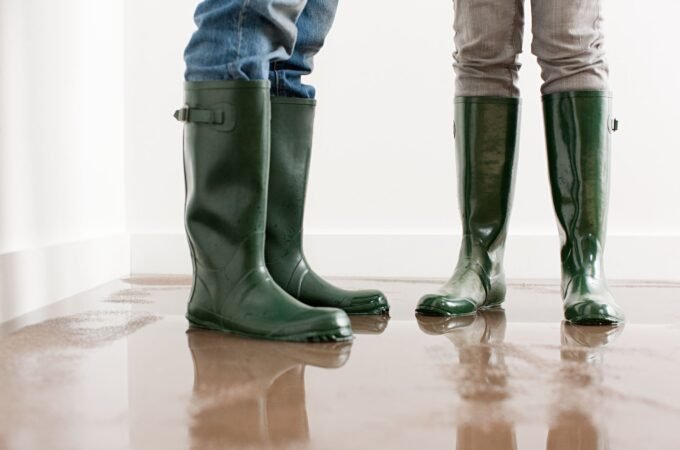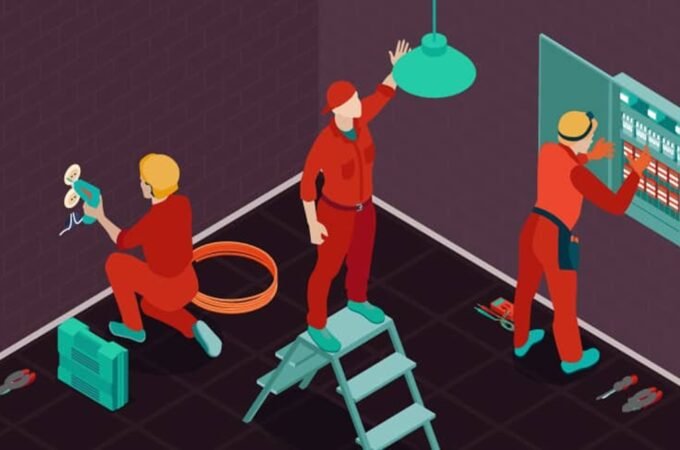
Modernizing Tradition: Exploring Contemporary Options for Sash Window Replacement
Original sash windows are an integral part of many historic homes, with their traditional frames, slender muntin bars, elegant profiles, and functionality that modern windows struggle to replicate. However, after years of use, these windows often become drafty and inefficient.
Homeowners face the dilemma of improving efficiency while preserving architectural integrity. Fortunately, today’s technology offers solutions that marry energy savings with period appeal.
Table of Contents
ToggleEvaluating the Existing Windows
Before deciding on replacements, have an assessment done by a specialist to determine if restoration is feasible. Proper repairs may solve many issues, and retaining original windows maintains vintage charm. Elements commonly needing repair include loose joinery, cracked glass, sticking sashes, worn sash cords/chains, failed glazing putty, and peeled paint. Sometimes the problems run deeper, but restoration should at least be explored.
If restoration proves impractical, assess the windows’ visual contribution to the home’s aesthetics. Are they ornate Italianate style windows with molded surrounds, carved woodwork, or leaded/stained glass? Or are they simple double-hung styles with plain trim? The more unique the windows are, the harder they are to replicate successfully.
Options to Consider
Once suitability for restoration is ruled out, several replacement options approximate the look of original wood sash windows with other materials:
Wood Replacement Windows Wood remains the closest match for traditional appeal and offers custom fabrication capabilities to emulate intricate historic details. However, modern wood windows still cannot match single-pane, truly-divided-lite configurations common in antique windows without going through extensive modifications.
Vinyl or Composite Replacement Windows For straightforward sash window designs without elaborate trims or patterns, vinyl, and composite materials like Fibrex offer cost-effective, low-maintenance alternatives with insulation properties superior to wood. BUFFTEC composite more convincingly approximates the look and feel of real wood. Custom options for grids, texture, and color provide flexibility.
Aluminum Replacement Windows
Aluminum framed windows are slimmer in profile than vinyl, providing a closer visual match to wood sash windows, and narrower sightlines to maximize views. Modern thermal breaks eliminate cold conduction. They can also be fitted with custom grids and historical trim packages. However, aluminum lacks the organic warmth and texture of wood.
Modern Glass Options Improve energy-efficiency further by specifying high-performance glazing optimized for your climate and orientation. Low-emissivity coatings minimize heat gain/loss while maintaining daylighting. Laminated glass upgrades also enhance protection and soundproofing. Discuss options like thermally broken spacer bars and inert gas fills with your contractor.
Approximating Divided Lite Patterns
The distinctive divided light patterns of old sash windows can be simulated on replacement windows through:
Snap-In Grids: Grids sit between panes of glass, housed internally rather than adhered onto the exterior glass surface. This more convincingly replicates true divided lies in appearance.
Simulated Divided Lite (SDL): SDLs have permanent exterior and interior grilles covering the glass to imitate individual panes. The interior grille helps the illusion grids recreate the articulation of small glass panes characteristic of traditional windows. Authentic divided lite configurations have each pane individually glazed into the sash. This is expensive to reproduce with modern glazing techniques, driving most homeowners towards simulated options. Discuss which strategy appropriately balances aesthetics and budget for your project.
Incorporating Contemporary Comforts
Updating to modern windows allows incorporating new features that improve functionality:
- Multi-point locks and heavy-duty hardware for enhanced security and protection during storms
- Counterbalanced, pre-tensioned sash mechanisms for easy, smooth, single-handed opening and closing
- Lift rails enabling accessible operation of tall windows
- Inwards or sideways tilting capability for safe cleaning from inside the home
- Screens and high-performance weatherstripping tailored to the window style to keep out insects and leaks while maintaining open ability
These comforts and conveniences help preserve the original aesthetic gracefully while upgrading functionality for modern living needs.
Preserving Architectural Integrity
Window replacements in historic homes require careful specification so as not to compromise unique period charm and architectural consistency.
When designing replacements:
- Match the original configuration precisely – replication of opening style, divisions, trim detailing
- Maintain similar sightlines and profiles – avoid chunky frames out of proportion with the wall space
- Use appropriate visible materials that convincingly blend with the home’s features and construction style
Inappropriate window replacements damage heritage aesthetics and diminish architrave details crafted to complement fenestration. New windows should preserve design harmony and continuity of form.
Blending Old and New
Balancing vintage architectural integrity with upgrading efficiency does require contemporary materials and concessions ill-suited to purist historic preservation.
However, window technology now allows reasonable compromises, blending salient aspects of traditional designs with features like contemporary insulating glass, easy-use hardware, and protective laminates unavailable in the originals.
Skillful planning allows gained functionality without overly compromising heritage retention and period styling. The trick is understanding what matters most about the original windows and finding replacement solutions that reasonably accommodate or simulate those elements within certain limits – before deterioration and dysfunction necessitates more invasive interventions. Perfection may not be possible, but neither should excessive purism get in the way of prudent improvements.
This exploration through available replacement options elucidates how homeowners today can upgrade window performance yet retain the proportions, profiles, shadow lines, muntin configurations, trims, and operational feel of traditional wood sash windows. Balancing these aesthetic and performance priorities is key to appropriately modifying historic homes to keep serving into the future.
Final Words
When original wood windows in heritage homes become impractical to restore, homeowners face difficult trade-offs between improving efficiency, cost, and maintaining aesthetic architectural integrity. Nowadays various replacement options balance these priorities. Skillful designs can emulate the visual divided lite patterns, trim detailing, opening formats, and operational feel of original sash windows with alternative frame materials insulated for superior thermal performance.
Respecting the original style while navigating the limitations of modern manufacturing, the replacements can update functionality without severely compromising heritage appearance and charm. With thoughtful specification and window selection, homeowners can achieve the elusive outcome of upgraded performance paired with retained period appropriate form.





